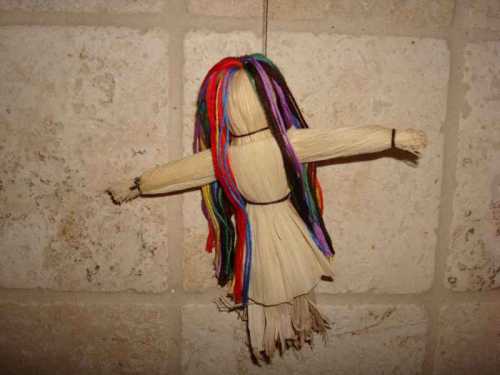
A significant portion of my family originated along the borderlands between Scotland and England, mostly in Northumberland and the Scottish Border. A number of them were reivers, opportunistic and clannish cattle- and sheep-thieving mafiosos of the Tudor and Stuart periods. When King James I of England (the VI of Scotland) wrestled them into submission, they migrated at his behest with other lowland Scots into Ulster, Ireland, before eventually immigrating to Turtle Island, settling in what we now call Western North Carolina. Once again, they dwelled in a borderland, a liminal space between the lands still freely occupied by Native peoples in the west and the European colonies in the east. It’s a breathtakingly beautiful region, with rolling ancient mountains and fertile valleys, carved through with rivers and creeks and patches of swamps. They lived in this area from the middle of the 18th century to the early 20th century. For much of this time, they were listed as farmers in tax and census records, like many other settlers of the area.
Corn Goddesses, Myths, and Traditions
Maize, what we Americans call corn (in Europe, corn can mean any grain), was a crucial and sacred crop to many Native tribes. As explained on the Native Languages website: “Corn played an important mythological role in many tribes as well-- in some cultures Corn was a respected deity, while in others, corn was a special gift to the people from the Creator or culture hero.” For the Cherokee, the Goddess Selu is the Corn Woman. She was the first woman Who came into being, and She was ultimately killed by Her twin sons, who feared Her power. Yet, as She died, She taught Her boys how to farm corn so that She could be reborn (“Selu, the Cherokee Corn Mother”). The Iroquois Corn Goddess is Onatah, Who with Her two sisters formed the Deohako, the “Life Supporters” -- more familiar to us settlers as the Three Sisters. In an Iroquois agricultural myth, Onatah was kidnapped and hidden underground, which caused a famine that only ended when She was liberated and returned (“Onatah, the Iroquois Spirit of the Corn”). In both myths, there is a theme of descent into the underworld -- through death in one, and being hidden in the other -- and a reemergence, which we see every year in the farming of maize.
...
















